To celebrate BBC Wildlife magazine's 60th birthday, we asked 60 people from our wonderful network of writers, presenters, photographers and conservationists to share their favourite places in the UK for wildlife. Eight of those places are in the east of the country and Jersey.
This area is famous for its beautiful coastlines, all teeming with wildlife. Vote for the one you love the most from the list below
(Voting closes at midnight 10 March 2023)
Our favourite places to spot wildlife in the East and Jersey
Blakeney Point, Norfolk
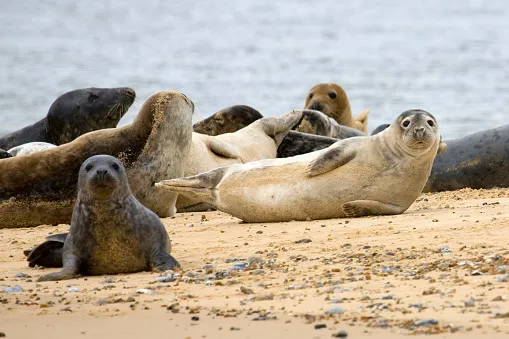
Blakeney Point, on the North Norfolk coast, offers the remoteness and solitude I often crave. Sea breezes blow the cobwebs away, the eyes can gaze for miles to the horizon and there is limitless fresh, salty air.As well as a dramatic landscape, space to think and miles to explore, it’s the wildlife that makes this National Trust National Nature Reserve so magnificent. There’s a constantly changing cast of plants and creatures throughout the seasons, so it’s rewarding at any time of year.
Ajay Tegala, countryside ranger, BBC presenter and author
River Chet, Norfolk
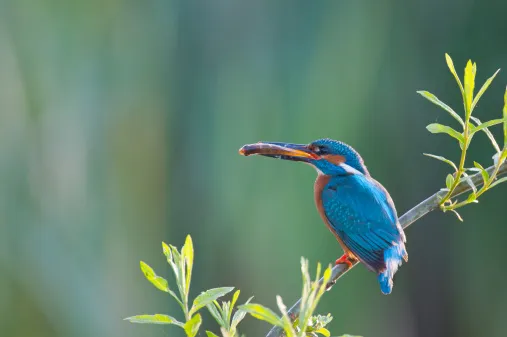
Whenever I can, I take my kayak out on the River Chet. It’s not a pilgrimage spot for naturalists, but once there you can encounter nature on a come-as-you-are basis. It can be spectacular: otters at play in the water; marsh harriers sky-dancing overhead; the vivid blue flashes of kingfishers.Reel stuff is just as good: banded demoiselles dancing along the edges; the voice of Cetti’s warblers; the summer extravagance of purple loosestrife and hemp agrimony along the banks.
Simon Barnes, author and journalist
Jersey

I spent my childhood clambering over this magical island. It may be small, but it has huge ecological importance. Marsh harriers breed here, choughs have been reintroduced, crustaceans thrive in the rockpools and cetaceans regularly pass by. Jersey also has one of the biggest tidal variations on the planet – at low tide, it nearly doubles in size.
Will Hall, presenter and photographer
Hampton Nature Reserve, Peterborough
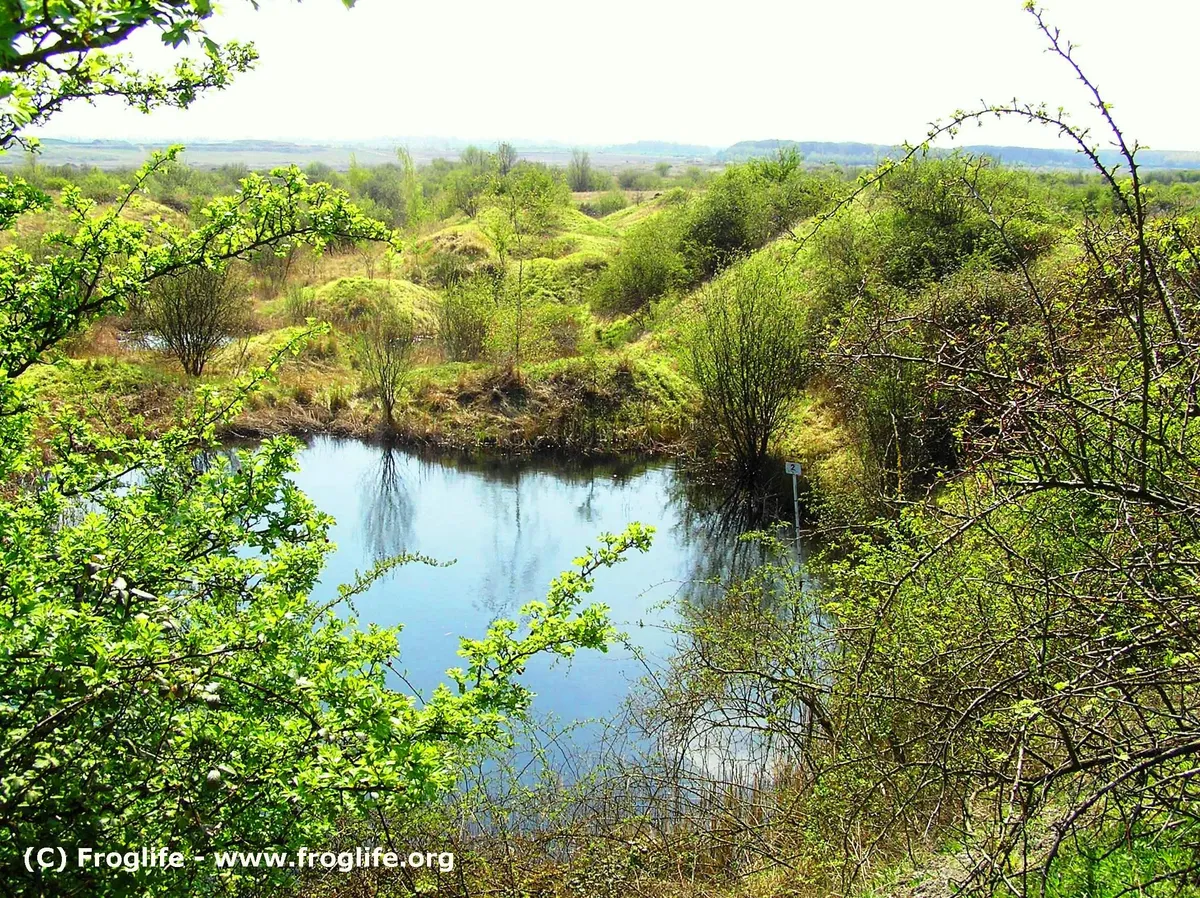
You’d never know there’s a lovely wildlife oasis just 15 minutes from Peterborough town centre. A former brick pit, Hampton Nature Reserve is home to some of our rarest species, and hosts the largest great-crested newt population in Europe. It is a private site but can be visited during volunteer sessions and events run by Froglife. It really is a hidden gem.
Jenny Tse-Leon, conservation manager at Froglife
Canvey Wick, Essex
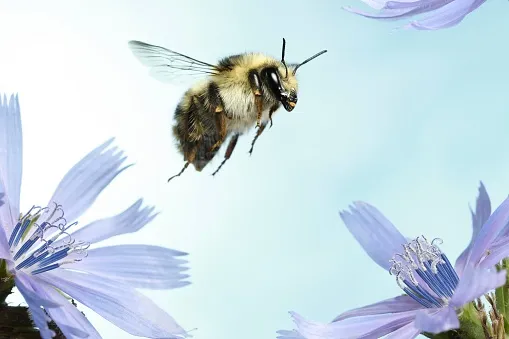
Nestling in the south-west corner of Canvey Island, Canvey Wick was designated an SSSI in 2005 thanks to the phenomenal variety of invertebrates (1,500 at the last count) that call it home. It’s now one of the best places in Britain for endangered insects, with rarities such as the shrill carder bee, Canvey Island ground beetle and scarce emerald damselfly. In fact, so abundant is the insect life here that Canvey has been compared to a rainforest for species per square metre.
Karim Vahed, England manager at Buglife
Foxley Wood, Norfolk
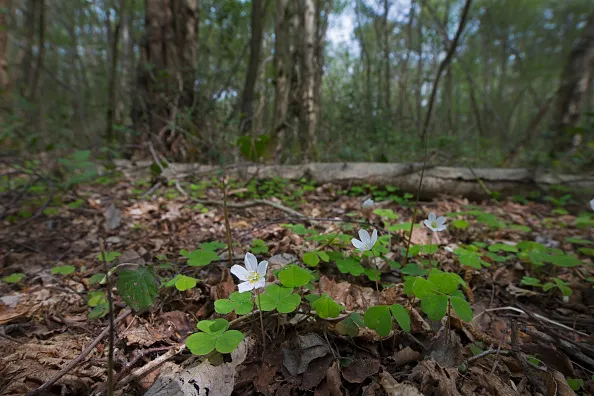
Foxley Wood is not a famous place, and its low dome of trees is not particularly conspicuous in the flatlands of central Norfolk. But there’s magic within. It was our local wood, and we visited in autumn for fungi and falling leaves, in spring for bluebells, and in summer – in vain – for the mysterious purple emperor butterfly. Foxley’s recovery began when Norfolk Wildlife Trust bought it just over 30 years ago. The transformation today is astonishing.
Patrick Barkham, journalist and author
Barton Hills, Bedfordshire
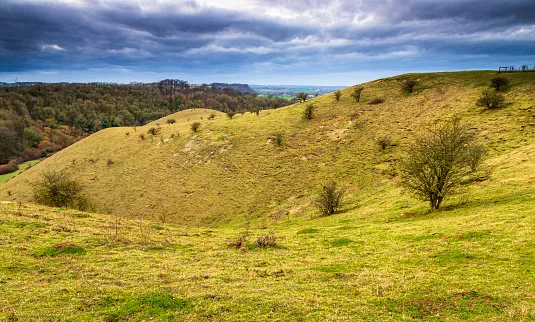
A short hop from Luton, at the northernmost tip of the Chilterns, lies the Barton Hills National Nature Reserve – a place I adore exploring. It teems with butterflies and chalk downland wildflowers, including the stunning pasqueflower, and is the ideal place to marvel at one of our most majestic birds of prey: the red kite. Driven to extinction in England in the late 1800s, the sight of a swooping, reeling red kite is testament to one of the most successful reintroduction projects ever undertaken.
Rebecca Dawson, chair of Ramblers
Wallasea Island, Essex
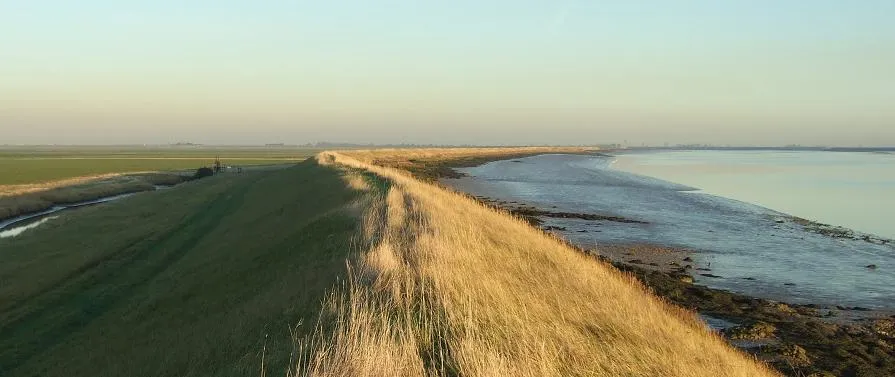
Less than two hours from our base in London, RSPB Wallasea is the perfect spot for walks with Flock Together, our birdwatching collective for people of colour. It was here that we saw our first owl – a barn owl, hunting like a ghost in the golden dawn light. Formerly arable farmland, the 740ha reserve is now a landscape of saltmarsh, mudflats, lagoons and grazing marsh. It’s an ideal spot for experienced and novice birdwatchers alike – we love Wallasea!
Ollie Olanipekun and Nadeem Perera, authors and co-founders of Flock Together
Vote for your favourite places in the rest of the UK using the links below.
- Scotland
- North
- Yorkshire and Humberside
- Wales
- Midlands
- South East
- South West
- Greater London
- Northern Ireland
Thank you for your vote! To be notified of the winners, sign up to our mailing list here